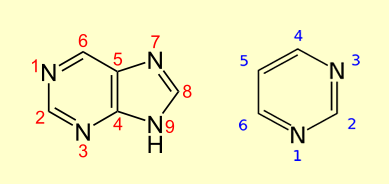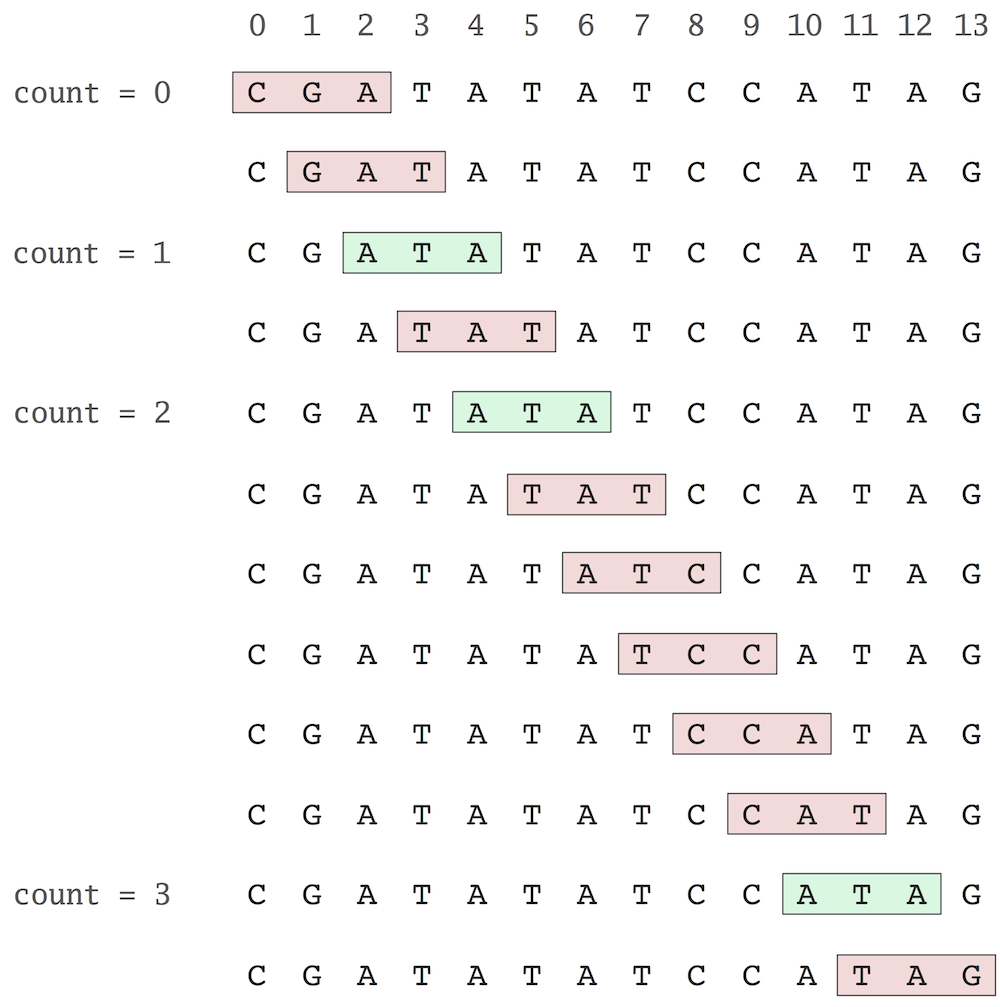Coursera:
- Biology Meets Programming: Bioinformatics for Beginners,
- Bioinformatics: Introduction and Methods,
- Genomic Data Science 1: Introduction to Genomic Technologies,
- Genomic Data Science 2: Genomic Data Science with Galaxy,
- Genomic Data Science 3: Python for Genomic Data Science,
- Genomic Data Science 4: Algorithms for DNA Sequencing,
- Genomic Data Science 5: Command Line Tools for Genomic Data Science,
- Genomic Data Science 6: Bioconductor for Genomic Data Science,
- Genomic Data Science 7: Statistics for Genomic Data Science, and
- Genomic Data Science 8: Genomic Data Science Capstone.

EdX:
- Data Analysis for Life Sciences 1: Statistics and R,
- Data Analysis for Life Sciences 2: Introduction to Linear Models and Matrix Algebra,
- Data Analysis for Life Sciences 3: Statistical Inference and Modeling for High-throughput Experiments,
- Data Analysis for Life Sciences 4: High-Dimensional Data Analysis,
- Data Analysis for Life Sciences 5: Introduction to Bioconductor: Annotation and Analysis of Genomes and Genomic Assays,
- Data Analysis for Life Sciences 6: High-performance Computing for Reproducible Genomics, and
- Data Analysis for Life Sciences 7: Case Studies in Functional Genomics.





